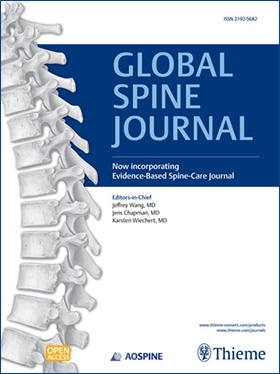
Posterolateral Fusion vs Posterior Lumbar Interbody Fusion for Low-Grade Isthmic Spondylolisthesis

Posterolateral Fusion vs Posterior Lumbar Interbody Fusion for Low-Grade Isthmic Spondylolisthesis
Posterolateral Fusion Versus Posterior Lumbar Interbody Fusion for Adult Low-Grade Isthmic Spondylolisthesis: Analysis of Sagittal Radiographic Parameters - A Randomized Controlled Trial.
Global Spine J . 2025 Apr;15(3):1614-1624.Synopsis
Forty-two adult patients with low-grade single-level isthmic spondylolisthesis were randomized to undergo either posterolateral fusion (PLF, n=21) or posterior lumbar interbody fusion (PLIF, n=21). The primary outcome was the change in sagittal radiographic parameters, including spinopelvic and deformity indices. Secondary outcomes included correlations between radiographic changes and clinical ou...
To view the full content, login to your account,
or start your 30-day FREE Trial today.
FREE TRIAL
LOGIN
Forgot Password?
Explore some of our unlocked ACE Reports below!

Learn about our AI Driven
High Impact Search Feature
Our AI driven High Impact metric calculates the impact an article will have by considering both the publishing journal and the content of the article itself. Built using the latest advances in natural language processing, OE High Impact predicts an article’s future number of citations better than impact factor alone.
Continue



 LOGIN
LOGIN

Join the Conversation
Please Login or Join to leave comments.